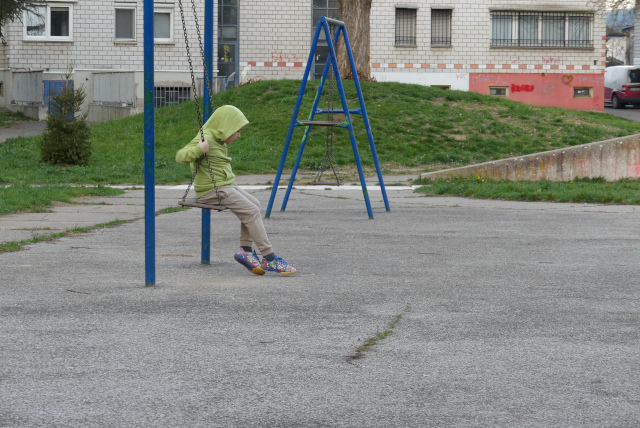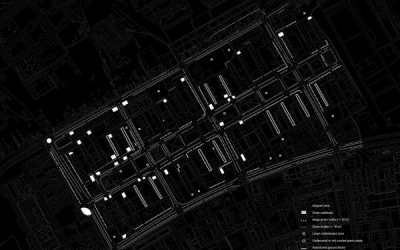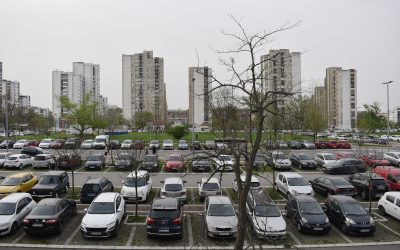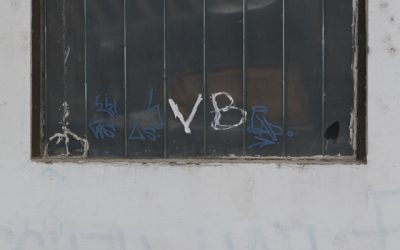Toolkit for urban exploration
Nevena Delić
“Toolkit for urban exploration” is a project that looks into the preoccupations and forms of resistance that can be found in the urban tissue of New Belgrade, specifically the area of Bežanijska kosa. Consisting of four scores – a series of participatory and task-based activities, the project unfolds in specific locations that are able to put on display the issue that is being addressed. The project as a whole aims to tackle phenomena such as the tension between the former socialist model city and the new socio-political order, the pressures of commodification, to provide insight into the history of the landscape, as well as to rethink what role vacant and neglected spaces can play in the context of growing peripheries.
Public space has always been a precondition for public life, manifestations of collectivity, as well as a stage for negotiating interests, a contested space where frictions appear and where antagonism is the driving force for change. As Lefebvre states, the principle of urban life lies in the opposition between use value (the city, social interactions and every-day use) and exchange value (spaces bought and sold, the consumption of products, goods, places and signs). It is defined by dichotomies, oppositions and clashing narratives, the ability to withhold paradoxes and the vulnerability that is visible when a certain socio-political order is transgressed. Looking at New Belgrade, it is easy to perceive the urban struggle and resistance that have culminated over the past years. In a city driven by foreign investors and private capital, there is very little room left for community and free use of public spaces. The green areas are disappearing under the pressure of neo-liberal principles, privatization and profit-driven policies. They are turning into spaces of consumption, to both satisfy and create the needs of a consumer society. On the other hand, certain in-between spaces that are situated within the blocks are showing resistance, they somewhat represent failed utopias, neither serving their original purpose nor adapting to the new socio-political order. They are withstanding commodification, but gradually decaying as neglected areas that don’t have a particularly defined scope. They are in-between, both physically and symbolically. In Bežanijska kosa (a neighborhood on the left bank of the Sava river), they seem to be lively at times, uncommonly deprived of commercial content and advertisement, defined only by the temporary activities that they accommodate. The guides and scores aim to achieve just that: activate these spaces as stages for reflection, non-productive activity and materialize the right for such use of public spaces, as well as question the passivity we have towards the open spaces we inhabit. They will focus on a particular area, but can be applied to any urban context that displays similar currents and preoccupations, they are reproducible and open for interventions. The scores will therefore explore the potential of the undefined, the agency that we have in relation to actively creating and using public space, as well as the pleasure in temporarily reclaiming it and wasting time while doing so.








